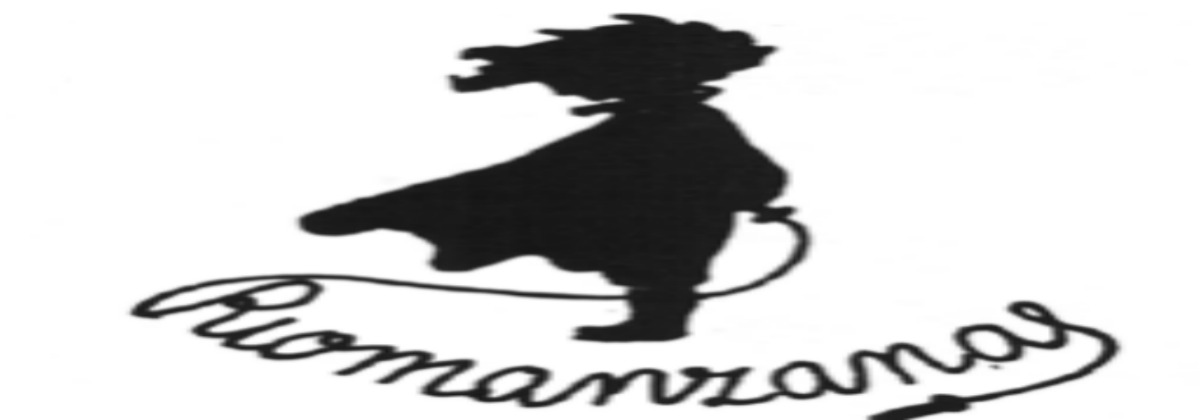Watch these two video clips about neurons and write 3 or 4 questions about them to ask children in your class.
http://www.youtube.com/watch?v=s5ynZda6xr4
http://www.youtube.com/watch?v=vyNkAuX29OU
viernes, 29 de noviembre de 2013
jueves, 28 de noviembre de 2013
What lives in the deep black ocean?
http://ocean.si.edu/ocean-videos/sea-creatures-deep-video-national-geographic-and-census-marine-life
Click on this link and you will see strange creatures that live deep in the oceans .
Click on this link and you will see strange creatures that live deep in the oceans .
miércoles, 27 de noviembre de 2013
YEAR 5 ADAPTATION
MONKEYS HAVE:
Sharp teeth to
Flexible feet to
FROGS HAVE:
Eyes on top ot its head to
Webbed feet to
Long and strong legs to
Create your own perfect animal. Add as many features as you like and explain how these features allow it to be adapted to the environment. Draw the animal.
If you are able, create a power point with all this.
THIS CAN BE INDIVIDUAL WORK OR PAIR WORK
DEADLINE: Monday 2nd december.
martes, 26 de noviembre de 2013
BONES YEAR 6
Here are bones and definitions. There is no definition for sternum, so you must create one.
I remind you :
You must create a power point with:
I remind you :
You must create a power point with:
- a labelled skeleton with definitions
- A picture of the model of a plasticen bone (get inspiration from kids health). Label the model with definitions.
- A picture of a labelled real bone.
- A silide about " When you break a bone"
viernes, 15 de noviembre de 2013
YEAR 5 TEST PLANTS
You are ready for the test if you:
- Can name the different parts of a flower and what their tasks are.
- Can explain pollination, fertilisation and germination is.
- Can say what seed dispersal is and how seeds are dispersed
- Can classify plants .
- Can tell the differences in between sexual and asexual reproduction.
- Can give examples of different types of asexual reproduction.
martes, 12 de noviembre de 2013
YEAR 6 CIRCULATORY SYSTEM TEST
You are ready for this test if:
- You know the composition of blood and the task of the different components.
- If you know the differences between arteries and veins.
- If you can label a heart.
- If you can name some arteries and veins.
- If you are able to write down the different steps of pulmonary and systemic circulation.
- You can describe a heart.
- You can explain what the heartbeat is.
- You can write down a Little pargraph about how you can keep your heart healthy.
viernes, 8 de noviembre de 2013
Red Cross year 5
http://www.ifrc.org/en/publications-and-reports/world-disasters-report/world-disasters-report/
Click on this link and answer on your computer:
1- What is the international Red Cross and Red Crescent movement?
2- When was it founded and where?
3- What was it founded for?
4- In how many countries do they work?
5- What is its emblem and why?
6- What do they do?
7- Give four or five reasons why you think their work is important,
8- How can we cooperate with them?
9-What is the world disaster report?
Add some pictures to illustrate your work
HAVE A GOOD WEEKEND
Click on this link and answer on your computer:
1- What is the international Red Cross and Red Crescent movement?
2- When was it founded and where?
3- What was it founded for?
4- In how many countries do they work?
5- What is its emblem and why?
6- What do they do?
7- Give four or five reasons why you think their work is important,
8- How can we cooperate with them?
9-What is the world disaster report?
Add some pictures to illustrate your work
HAVE A GOOD WEEKEND
MAKE A HEART
- You will have to make a heart using plasticine.
- You will use pictures on page 21 as a model.
- Your heart will be actual size.
- You will need to make it in two halves so that the atria and the ventricles can be seen.
- Once that you have made it, take a photograph of it.
- Create a slide of power point. You must: label your heart: ventricles, atria, valves, arteries and veins in the same way that the book.
- You must also inlude bits of information about the heart taking out from the file that you did in class.
- This can be individual work or pair work.
miércoles, 6 de noviembre de 2013
SCIENCE 5º PLANTS HOMEWORK
Do a flow chart for plant nutrition.
You will need to include all the different steps from
when nutrients are absorbed until they are distributed to all different parts
of the plant.
Don’t forget to highlight words like: raw sap, elaborated sap xylem vessels
phloem vessels, chlorophyll etc. make sure that all the spellings are ok.
On the other side insert an image of a
flower-plant ( similar to your
worksheet)
On another word document do concept map from your
copybook ( photosynthesis)
martes, 5 de noviembre de 2013
Suscribirse a:
Entradas (Atom)








